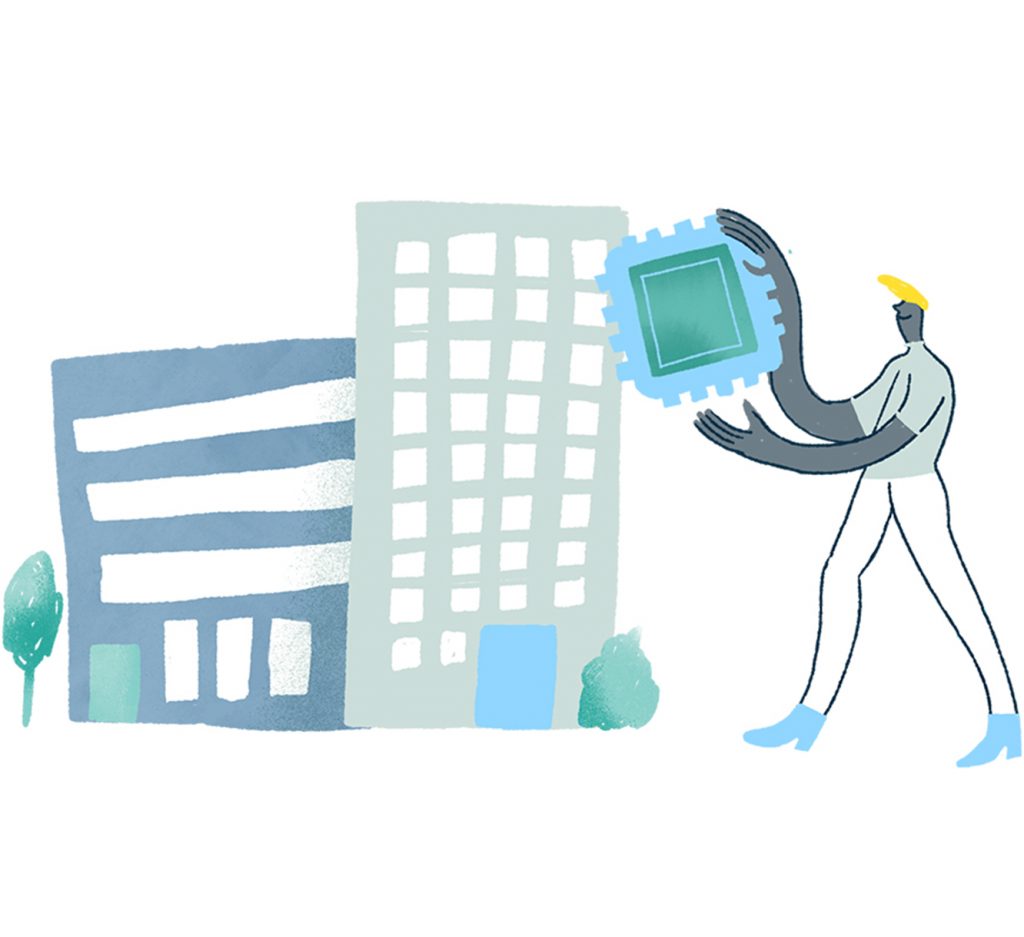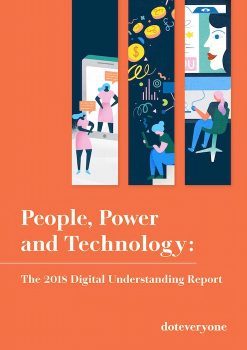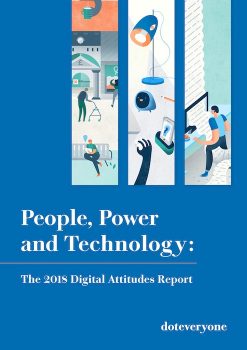People are more than a set of user needs or jobs to be done. As any good user researcher knows, an interface is only part of the complexity of how your users interact with your product; it’s vital to also understand their context.
User-centric design has helped us to evolve the internet from its early days of clunky, star background HTML to the attractive and sleek interfaces and digital experiences we have today. But only designing for user interactions with a product has led to blindspots that have unintended societal consequences.
As technology becomes more integrated into our lives, now is the time to be bolder in our understanding of user needs, and to re-examine how we create digital experiences.
Moving to a more context-centric design can help make new technology products, services and features that work for more people more of the time.

As designers of digital experiences, you need to design technologies that are better prepared for the complexities of the real world. Because in practice, we all experience technology in different ways in different aspects of our lives. Recognising this can be used as a way into exploring the world around the people who will use your technology.
Context-centric design recognises complexity by exploring the different user contexts of a digital experience; the different needs these contexts can generate and the different ways people will interact with your technology. This may seem like a significant challenge, but human diversity should be looked at as a resource for better designs.

Research into Public Attitudes
Doteveryone’s research explores the UK public’s understanding and attitudes towards digital technologies and can bring insights into how to better design products

